 Eagle Feathers #122 – Meadows to Metropolis
Eagle Feathers #122 – Meadows to Metropolis
By Bob (Monty) Doherty
Before the European settlement of what is now Somerville’s Mystic River waterfront, nature ruled the shore. Rich green meadows of grass that were as tall as the observer first caught the explorers’ eye.
At that time, there were mammals and birds that are today seldom seen east of Route 495. Because of extinction, we will never again see some like the Great Auk, which was a large, penguin-related bird, the Grey Wolf, and clouds of Passenger Pigeons which once flew above. Early Massachusetts Governor Dudley, when writing overseas, would claim that these migrating flocks would blackout the sun for hours.
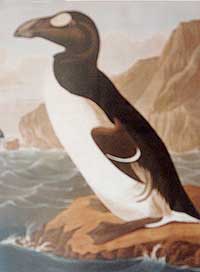
The Mystic’s riverside at that time was a land of the small animal: the otter, the weasel, the porcupine, the beaver, and the mink. It was also a land of large animals, such as, the moose, the deer, the wolf, and the bear. The area was abundant with marine life. Whales were hunted in nearby Massachusetts Bay, while lobsters were trapped off shore and shellfish were easily harvested along the Mystic’s shoreline.

Mostly, this was the land of the “sacred cod.” This fish was so plentiful that it would become the settlers’ mainstay. It fed them, fertilized their crops and later became the colony’s respected symbol. It was here, at the present Wellington Bridge’s entrance to Assembly Square, that our first Governor, John Winthrop, launched the first ship built in New England in 1631. It took place on a foretelling patriotic date, the Fourth of July. Christened the Blessing of the Bay, it was the forerunner of today’s Coast Guard and Navy.
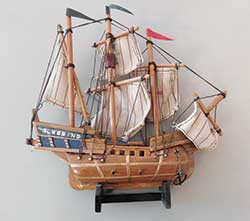
For many years, the marsh put gold in the hands of many by means of her clay deposits. At one time, Somerville’s Mystic Avenue, from Medford to the Boston line, had over a dozen brick-making companies.
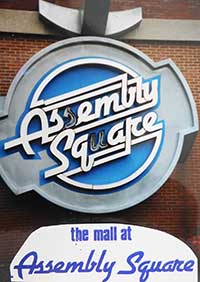
One hundred years ago in 1917, designs were drawn up for a ship to be built on the Mystic River in Somerville. This was the same site as the Blessing of the Bay’s launching almost three centuries earlier. The idea was to revive the shipbuilding industry on the Mystic, which had died out in Medford 47 years earlier. The timing was off and financing was difficult because of World War I.
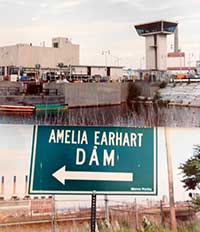
The building of the ”Tremont” as she was christened, dragged on for three years. The 204-foot, four-masted trade schooner was capable of carrying 1,600 tons. The day she was launched was declared a children’s holiday from school in Somerville and Medford. She took to the waters under the view of over 5,000 excited onlookers. Tremont was the second and last trade vessel ever built in Somerville. This was almost three centuries after her sister, the Blessing.
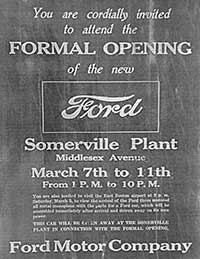
The shipbuilding revival was not to be. Wooden ships and iron men became a thing of the past. In 1926 to 1927, the marsh and meadows became the home of two industrial giants, First National Stores and the Ford Motor Company Assembly Plant for approximately forty years, along with a handful of other smaller companies. This industrial site became the Assembly Square Mall in 1981. Sixteen years later in 1997, the area experienced a sharp decline. After this up and down history, Assembly Square has been revived once again. Today Somerville’s ancient shore has become a booming, small metropolis … a true Blessing of the Bay!
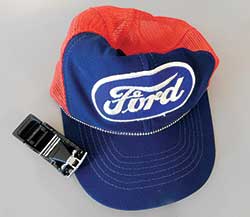















Reader Comments